Max Verstappen and the McLarens of Oscar Piastri and Lando Norris head into the Dutch Grand Prix facing considerable strategic uncertainty - and the two camps have set themselves up differently.
The penultimate race at Zandvoort for the foreseeable future was expected to be a two-stop affair, but as the one-stop has become increasingly viable over the weekend, the choice has grown more marginal.
Throw in the added variable of ever-evolving weather conditions, and it becomes difficult for the F1 teams to devise a strategy they have true confidence in.
As for the Dutchman and the papaya pair, who as a trio occupy the front three positions on the grid, there is an additional split.
The four-time F1 drivers' champion has one new set of each of the three Pirelli compounds on offer this weekend, whilst the Woking squad's drivers have a set of yellow-walled mediums and two sets of hards, one of which is used.
According to Pirelli motorsport director Mario Isola, the latter is the prime strategy "on paper", but a one-stopper could be preferable, given how difficult it is to overtake at Zandvoort and the uncertain weather forecast.
"It was interesting to see that in FP3, they [the teams] used quite a lot more tyres than usual," he told media, including RacingNews365. "I believe that one reason for this decision is that they realised that one stop is feasible.
"On paper, it is not the quickest strategy. On paper, it was medium-hard-hard, the quickest strategy, where you can also push more."
"But considering how difficult it is to overtake here, a one-stop is a possibility; you protect your track position, you have flexibility, because the weather forecast is a chance of rain in the morning... and maybe changing during the day tomorrow. So they need flexibility."
Could the soft be Verstappen's joker?
Whilst not foreseen as a suitable option before the weekend, Isola explained that the soft compound now appears to be an option for the race, something that could provide Verstappen even more flexibility.
"In any case, it's interesting to observe that the soft compound is a compound that could be used for a stint in the race," he pointed out.
"So, if you start planning a strategy [of] medium-hard, and then you realise that the stints are not long enough, or for any reason, you need an extra stint, even if you have only one set of hard, one set of medium, then you can use a soft at the end."
Isola believes that if Verstappen and Red Bull choose to commit to a two-stop from the outset, the best approach will be to begin the race on the red-walled tyre.
"If you plan from the beginning a strategy on two stops, then we believe that soft-hard-medium is better, because you have the advantage of a soft that gives you more grip at the start of the race, and then you develop the rest of the race with the hard and the medium," he added.
In addition to McLaren, Aston Martin also has the advantage of two sets of hard compounds available to both Fernando Alonso and Lance Stroll.
Whilst it will be difficult for the Canadian to make inroads from P20, after his incident in qualifying, the two-time F1 drivers' champion could put his two fresh sets of white-walled tyres to good use from P10 on the grid.
"McLaren and Aston Martin are the only two teams with two sets of hard in their allocation," Isola stated.
"So they have the possibility to plan a strategy on medium-hard-hard, or medium-hard, and if they want, they have an extra set of hards for the last stint."
Also interesting:
WATCH: Verstappen record smashed as Piastri stuns Norris
Join RacingNews365's Ian Parkes and Nick Golding, as they dissect an eventful qualifying for this weekend's Dutch Grand Prix!
Don't miss out on any of the Formula 1 action thanks to this handy 2026 F1 calendar that can be easily loaded into your smartphone or PC.
Download the calenderMost read
In this article
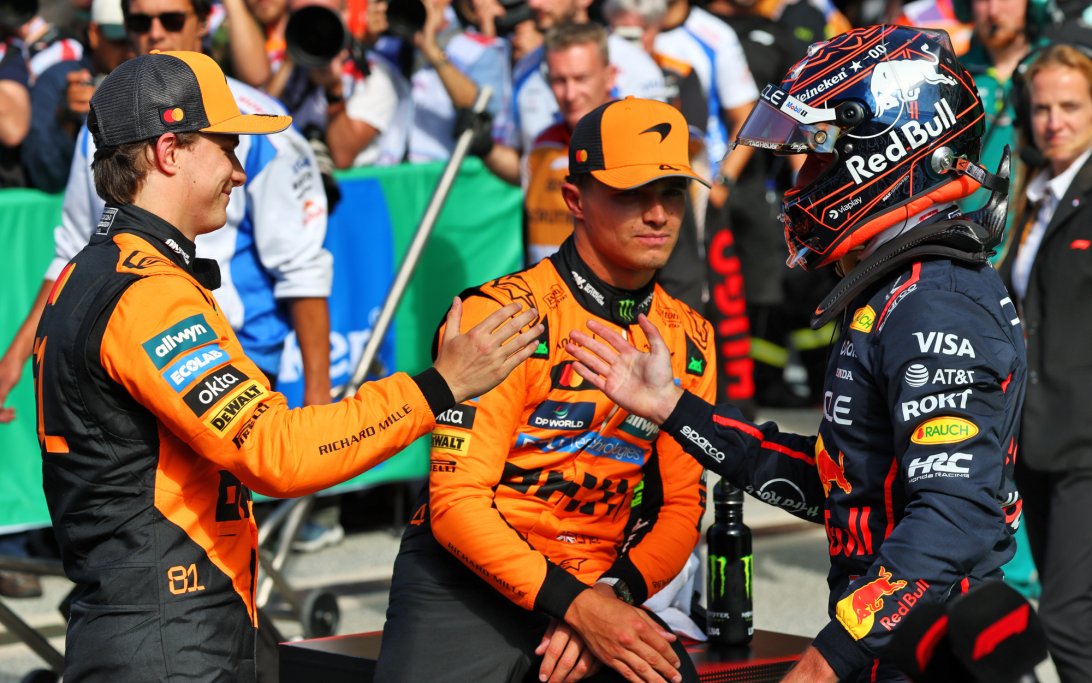
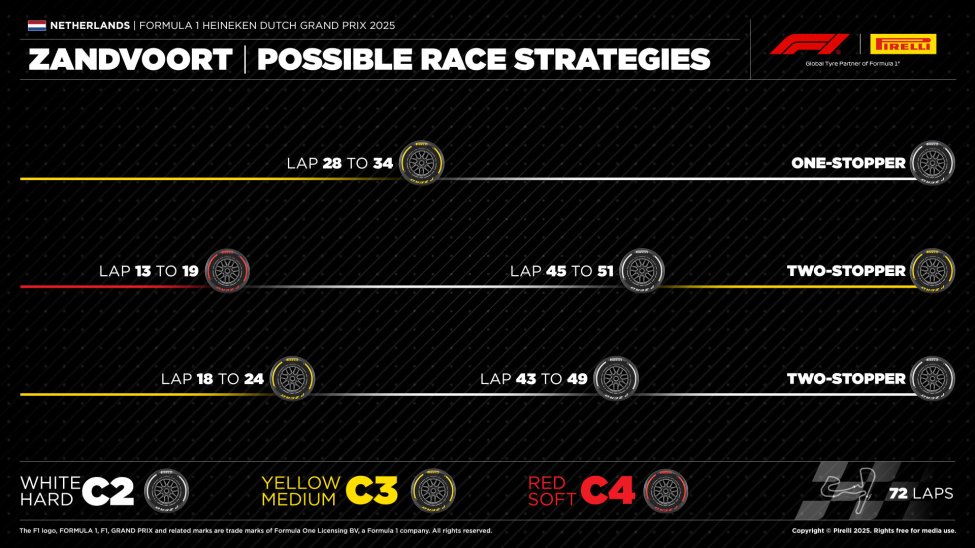
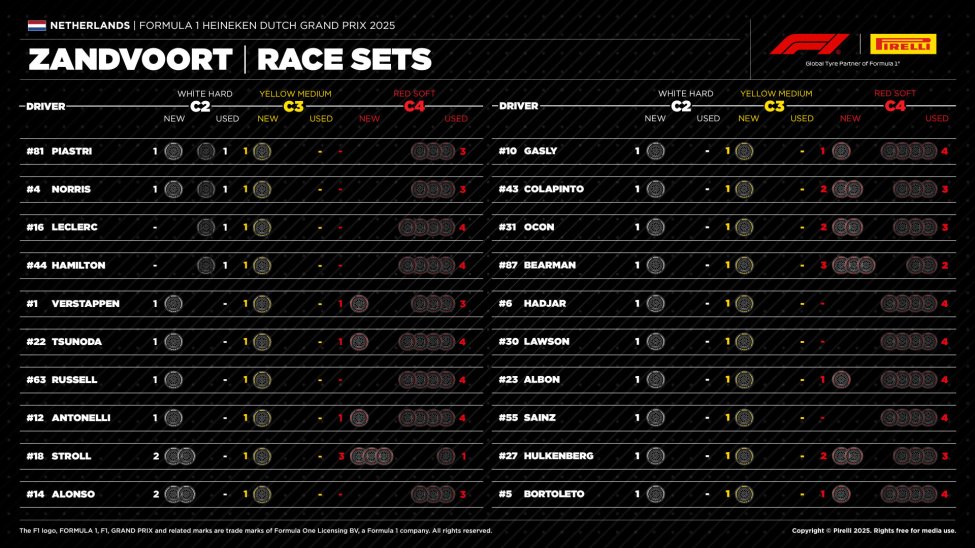
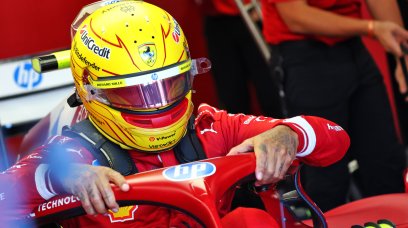
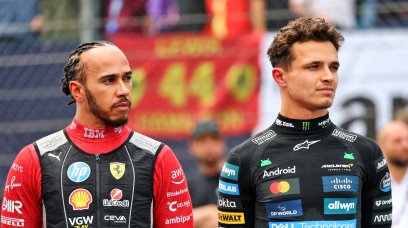
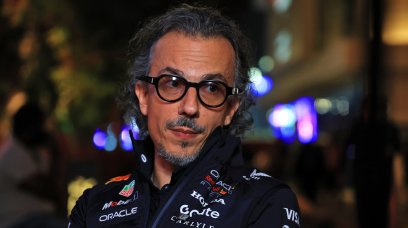
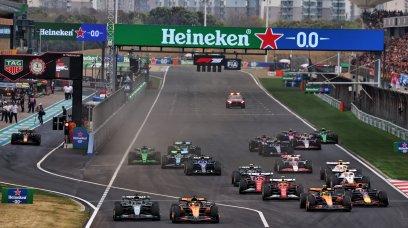
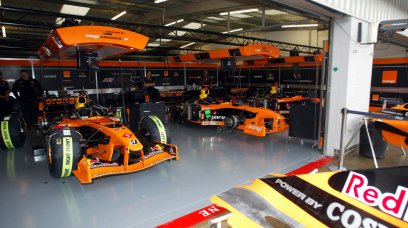
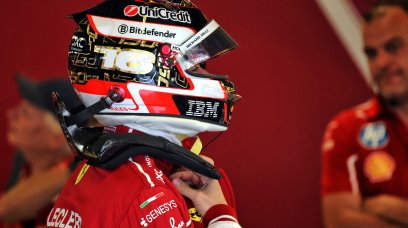
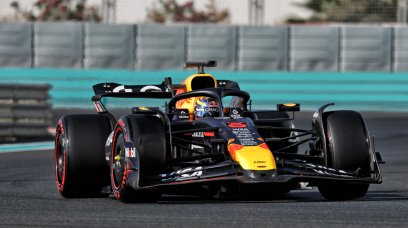
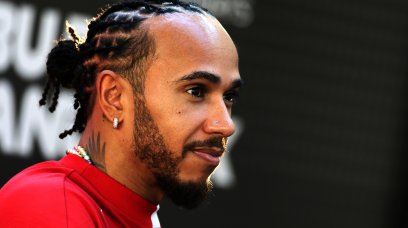
Join the conversation!